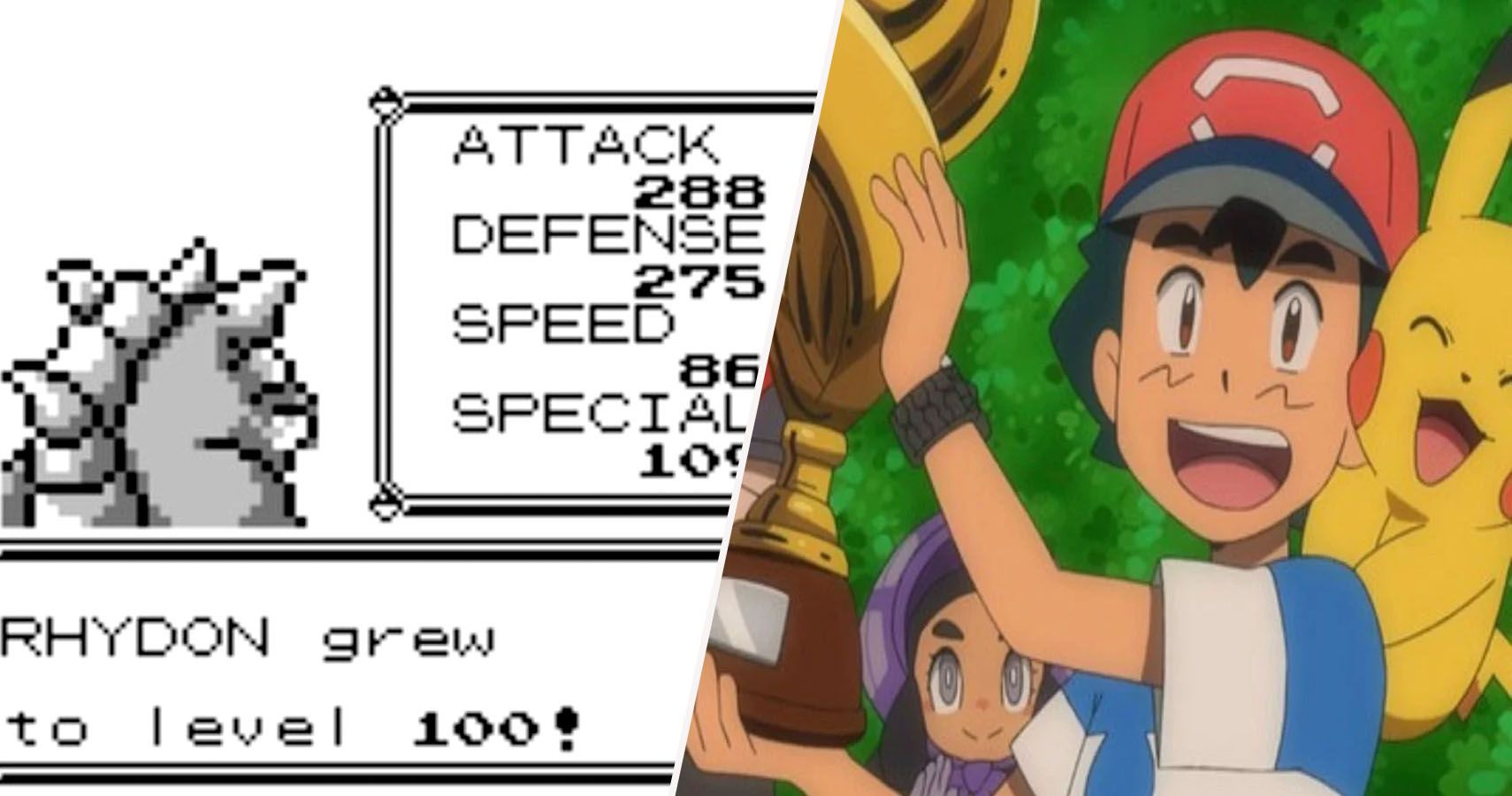
The Pokemon games and anime debuted only months apart from each other. Since neither one is based on the other, a lot of discrepancies arose. The games slowly adapted popular concepts from the anime and new ideas emerged with each generation like the introduction of double battles in Hoenn or the discovery of fairy types in Kalos.
RELATED: Every Pokémon Region So Far, Ranked
Despite the relative synchronization between the two, there will always be some differences. Certain things are much more fun to do than they are to watch, and other things are too advanced to program into a game. Instead of limiting itself to keep within the constraints of both television and video games, the Pokemon franchise leaves room for a variety of different rules and mechanics based on platform. It's partially due to that versatility that Pokemon has thrived.
10 Levels
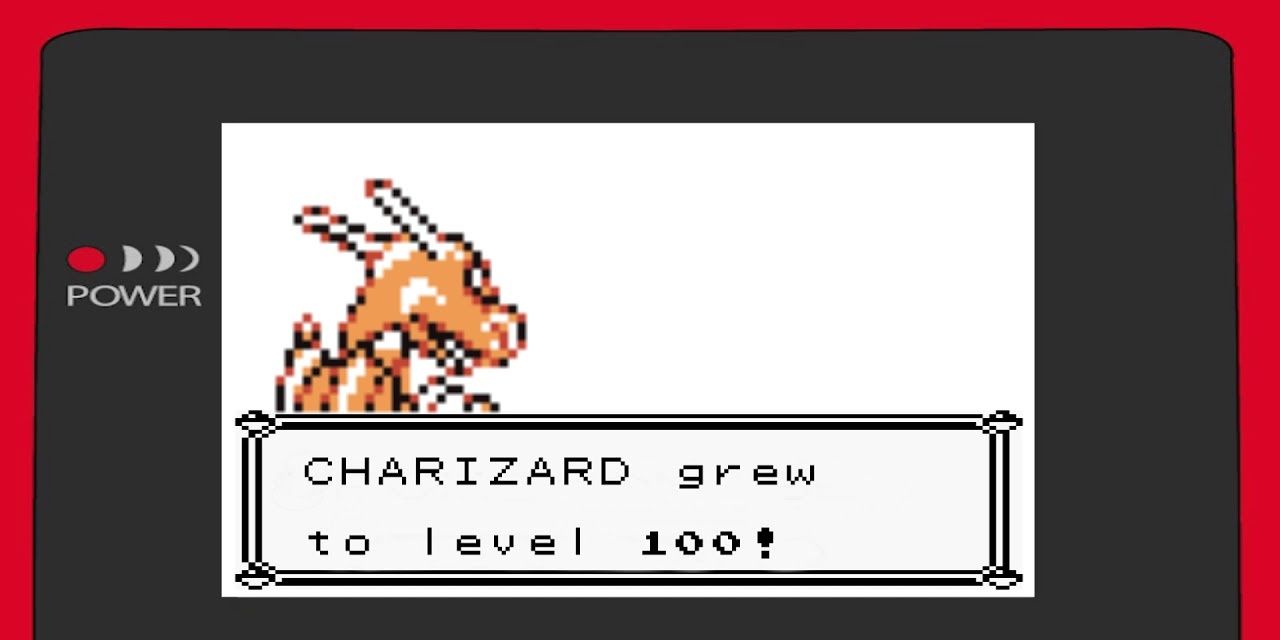
More than type, stats, abilities, or anything else, the most important thing for a player to consider when they're playing a Pokemon game is level. If their Pokemon are many levels lower than their opponent's Pokemon, they're going to have a hard time making any progress. Meanwhile, in the anime, level is barely even mentioned and there's no way of telling whether a Pokemon has leveled up.
In the beginning they mentioned levels a little, and a character did estimate Pikachu's level in season one episode The School of Hard Knocks, but that kind of talk soon died out. The episode where Ash's Pikachu lost to Trip's Snivy in its first ever battle (at a point where in the games it would have been level five) caused outrage among many fans.
9 Environmental Factors
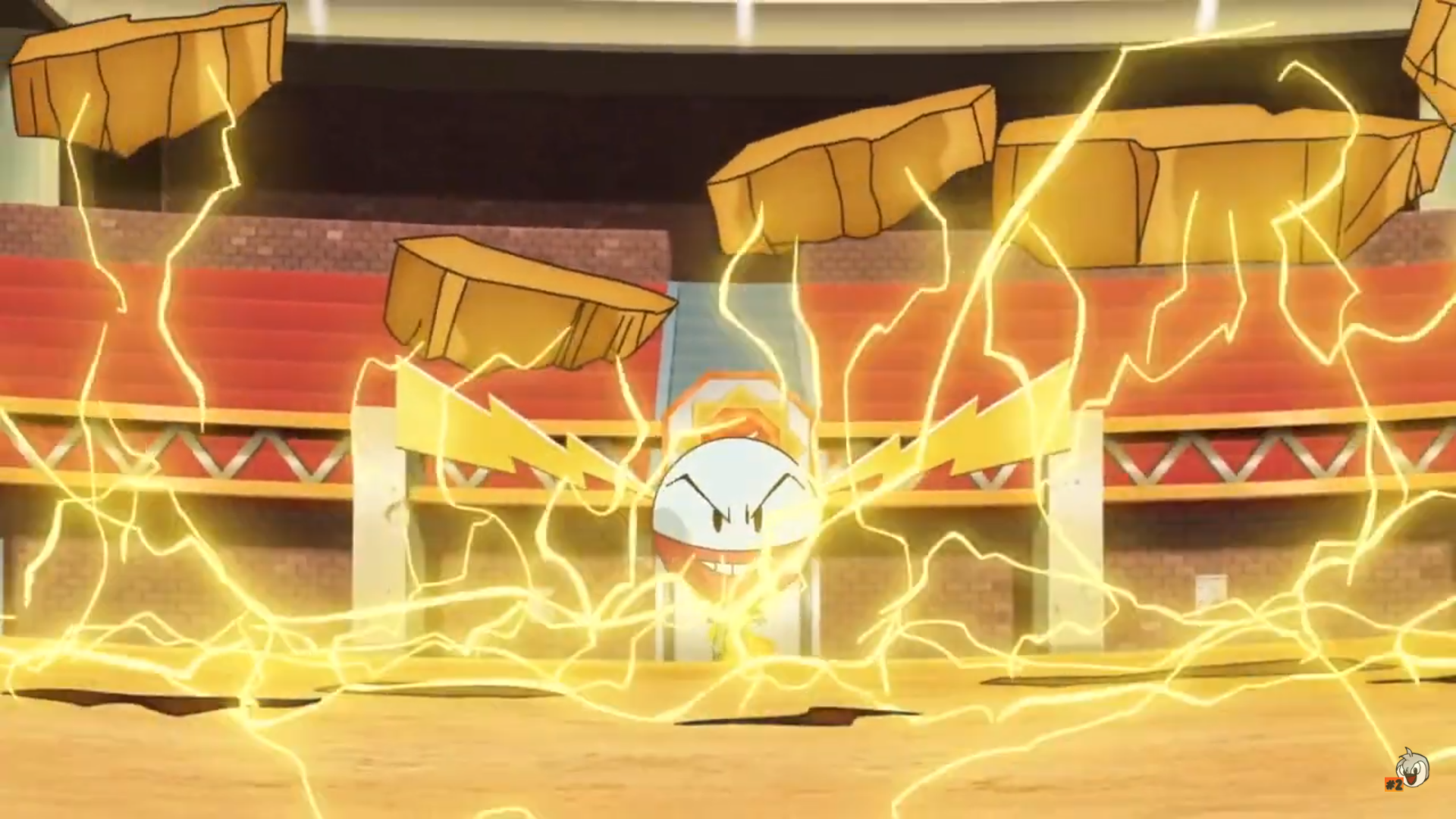
An aspect unique to the anime is the extent to which Pokemon interact with their surroundings. Ash loves to have Pikachu bounce off things and hide behind things. Gym leaders often design their gyms to give their Pokemon an advantage. Many of Ash's victories are credited to his out-of-the-box thinking, which is good, because he clearly doesn't understand type matchups. It isn't possible to program that level of spontaneity into video games yet, but maybe one day we'll get to see a whole new aspect to the gameplay.
8 Dodging
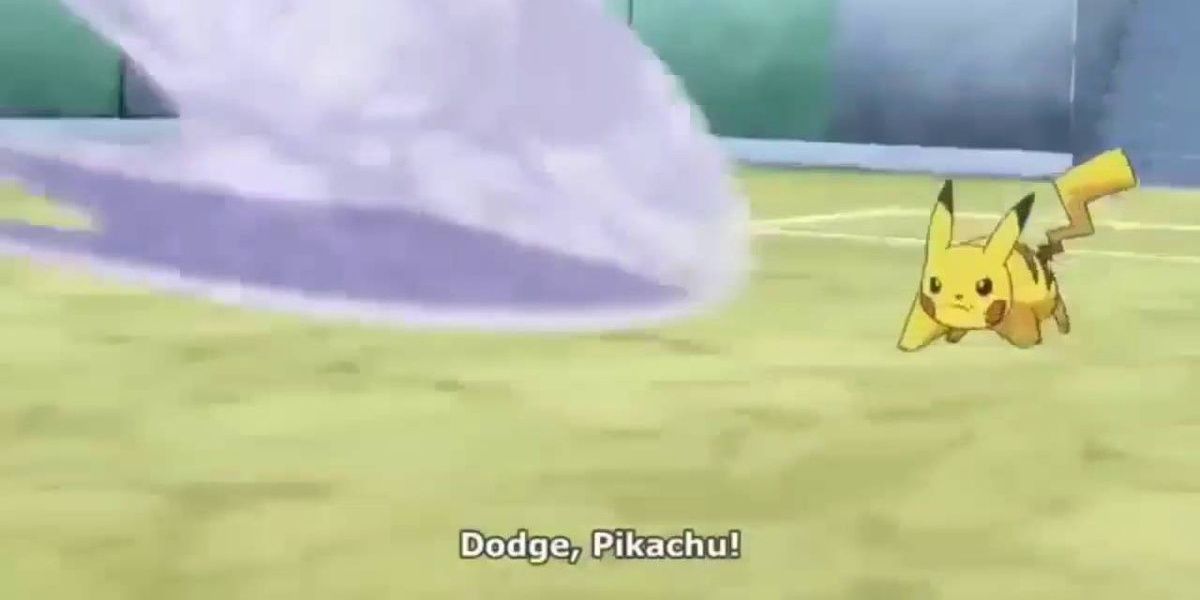
In the games, Pokemon have statistics that show how good they'll be at different things. Evasion dictates how good they are at dodging. Conversely, a move's accuracy reflects how likely it is to hit its opponent. There are moves to raise and lower both stats.
RELATED: 10 Things Banned From Competitive Pokémon Battles
Meanwhile in the anime, trainers have to actively tell their Pokemon to dodge. If a Pokemon is not told to dodge it will just stand there and take the hit even if it had plenty of time to get away. This mechanic would become incredibly repetitive and boresome in the games, but in the anime it quickens the pace and raises the excitement of a battle.
7 Items
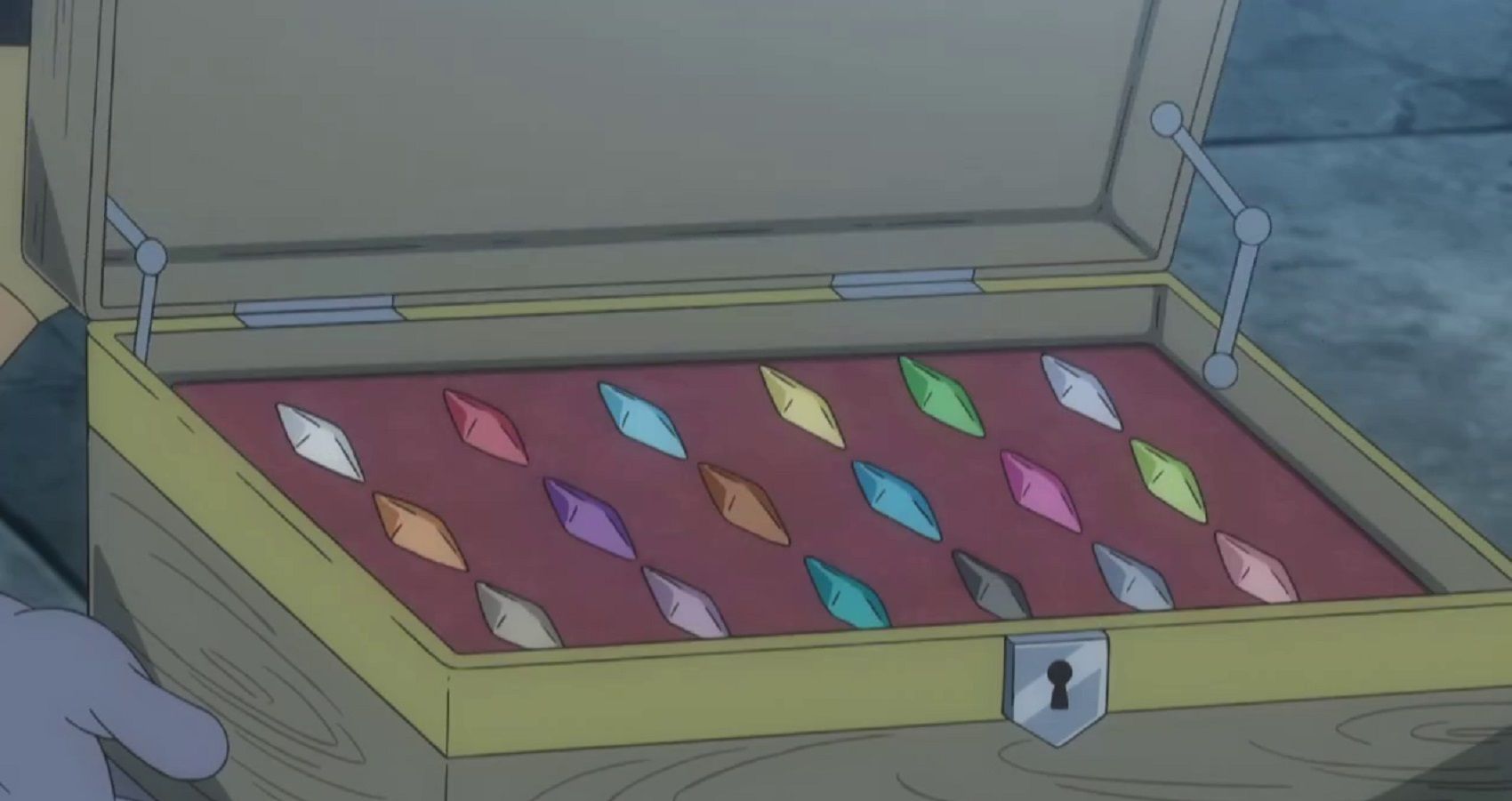
Items in the Pokemon games typically exist solely to help the protagonist. Only difficult or late-game opponents use items. Meanwhile, the player is free to heal their Pokemon with potions over and over again. While it feels good on this side, having to watch that kind of battle would be infuriating. Not only would it be unfair, it would take forever! Potions are used to heal Pokemon in the anime, but only outside of battle. Finding held items on enemy Pokemon was even more unlikely until generation six introduced Mega Evolution, at which point everyone and their mother carried mega stones.
6 Battle Challenges
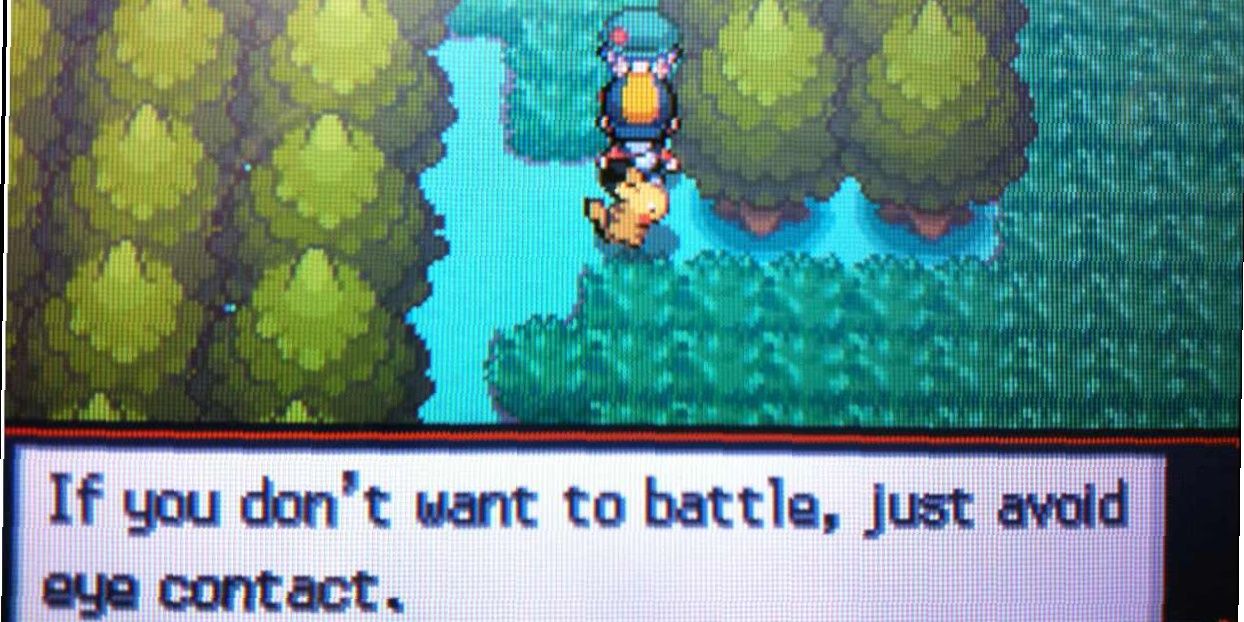
In the Pokemon games, battles are mandatory. The rule is that if the player makes eye contact with someone, they have to battle. What this looks like in practice is the player walking past an NPC's position without observing them in any way and then immediately being challenged anyway. Eye contact is never mentioned in the show and (except for villains) nobody forces someone into a battle they don't want to have. Of course in the anime they don't have to worry about levels, so the protagonists can wander around unassailed without finding their Pokemon significantly weaker than everyone else's upon arriving at each new town.
5 Legendaries
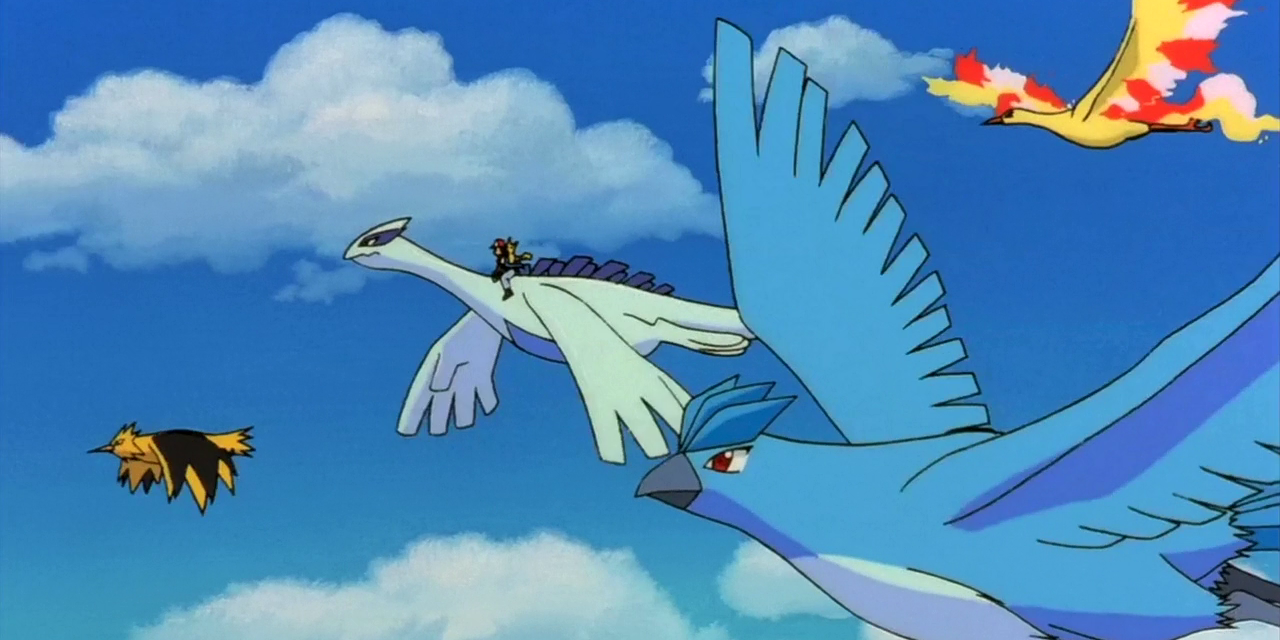
Legendary Pokemon in the game are portrayed as being one of a kind, but in the anime there are multiple versions of most. There are even multiple Mewtwos despite it being created in a lab. Additionally, whereas the protagonist of the games typically battles and catches every single legendary there is to little fanfare, the legendaries in the anime are much closer to the super-powered, untouchable beings they've been depicted as.
RELATED: The 7 Best Legendary Pokémon (& The 7 Worst)
Noland at the Battle Factory befriended an Articuno who will fight for him, but that's not the same as actually catching it in a Pokéball. Tobias has a Darkrai and a Latios, both more minor legendaries, but he defeated six of Ash's Pokemon with just those two before becoming champion of the Sinnoh League.
4 Trainer Interference
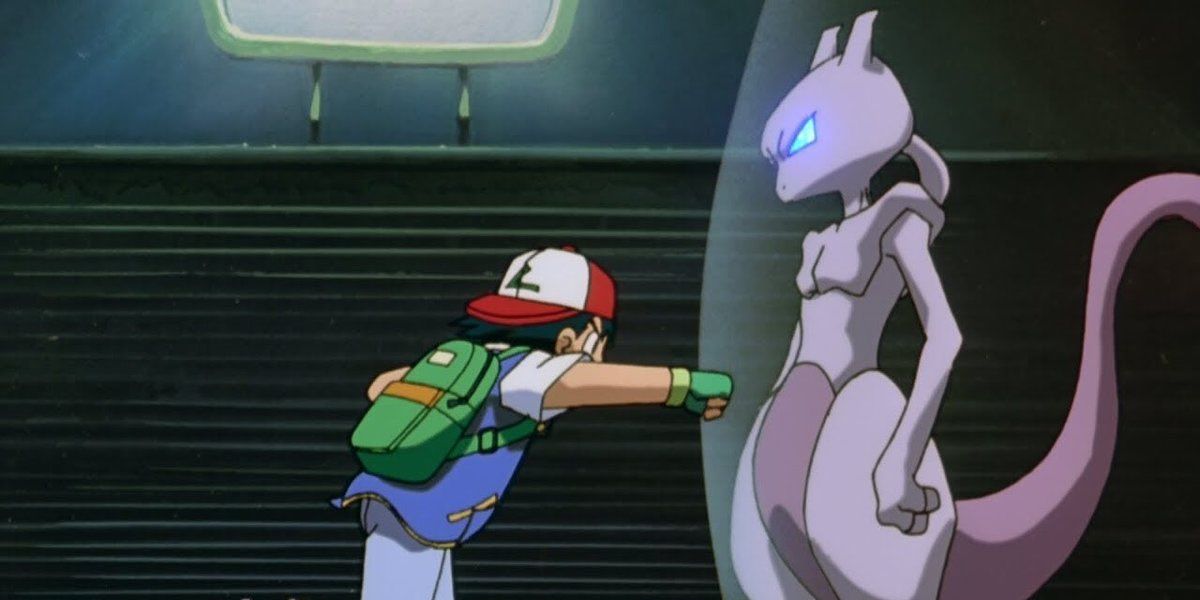
The anime plays up the bond of Pokemon and trainer during battle, and often it seems that the amount the trainer cares directly affects the Pokemon's endurance. The line blurred even more with the arrival of Ash-Greninja, a mind-melded version of Ash and his Pokemon. With Alola came Z-Moves, which involve both synchronized hearts and synchronized dance moves.
RELATED: Strange Pikachu Dance Video Goes Viral
Still, the line should be drawn at physical interference. Trainers will do things such as catch their Pokemon before it impacts into the ground. Half the time, this sort of action ends the battle, but the other half they just keep going. Nobody ever seems to mind that the trainer prevented damage that could have affected the outcome of the battle.
3 Turns
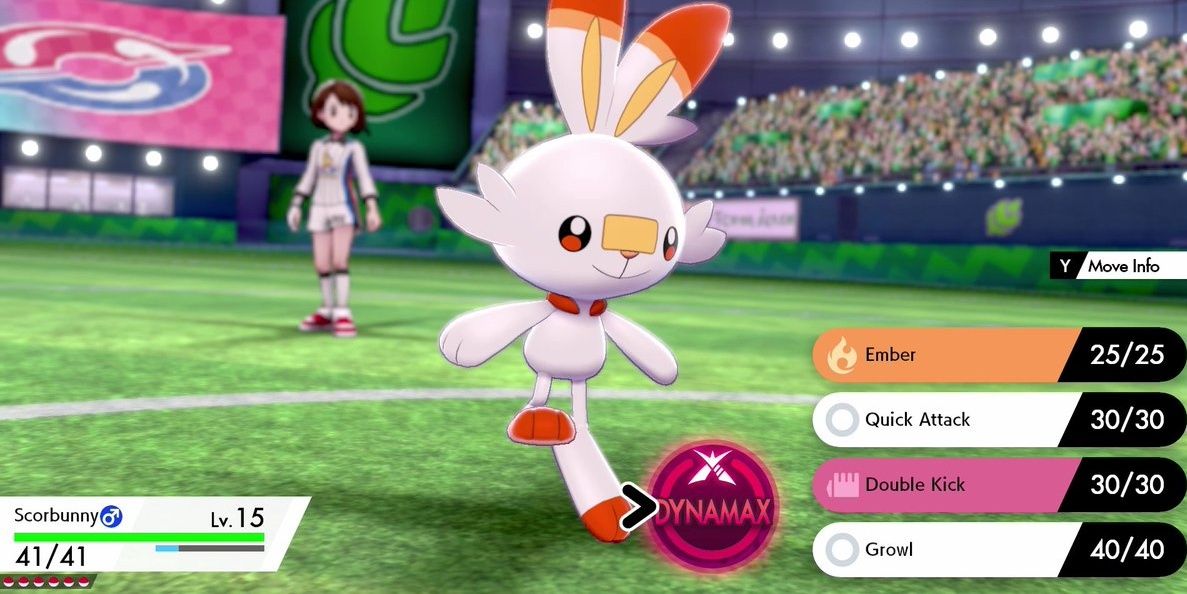
Pokemon is known as a turn-based strategy game for a reason. One of its most fundamental mechanics is getting a chance to do damage or affect stats and then having to deal with the opponent's opportunity to do the same. It's a good way to slow down and declutter a battle system that would be incredibly disorienting in real time. It's a pretty funny concept really, and watching a turn-based battle happen in real time would be more funny than tense or compelling. The lack of turns does give the opportunity for speedy Pokemon like Pikachu to absolutely wail on slow or staggered opponents.
2 Referees
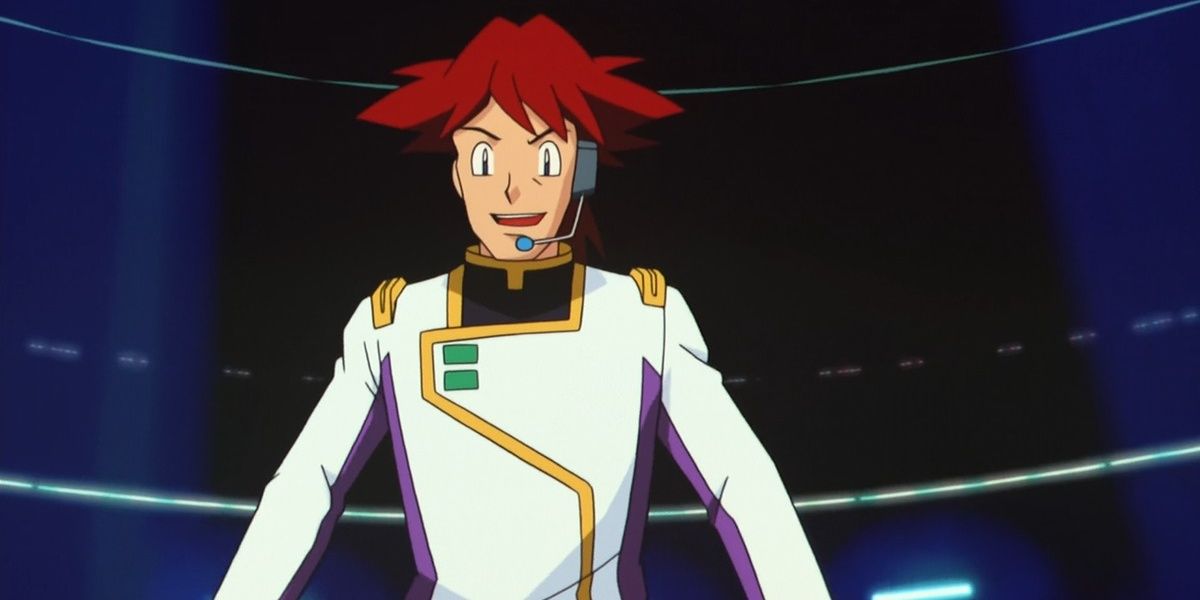
Pretty much any battle that takes place in the anime (aside from villain battles) has a referee, even if it's just a casual battle between friends. Their job is mainly to stop fights before a Pokemon pushes itself too hard or is injured too badly. It's probably a fairly easy job since knocked out Pokemon have spirals in their eyes. Still, better safe than sorry. They don't have the convenient heads-up display complete with health bar that the trainers in the games enjoy. In really big or publicized matches, there are sometimes even judges and commentators.
1 The Pokemon League
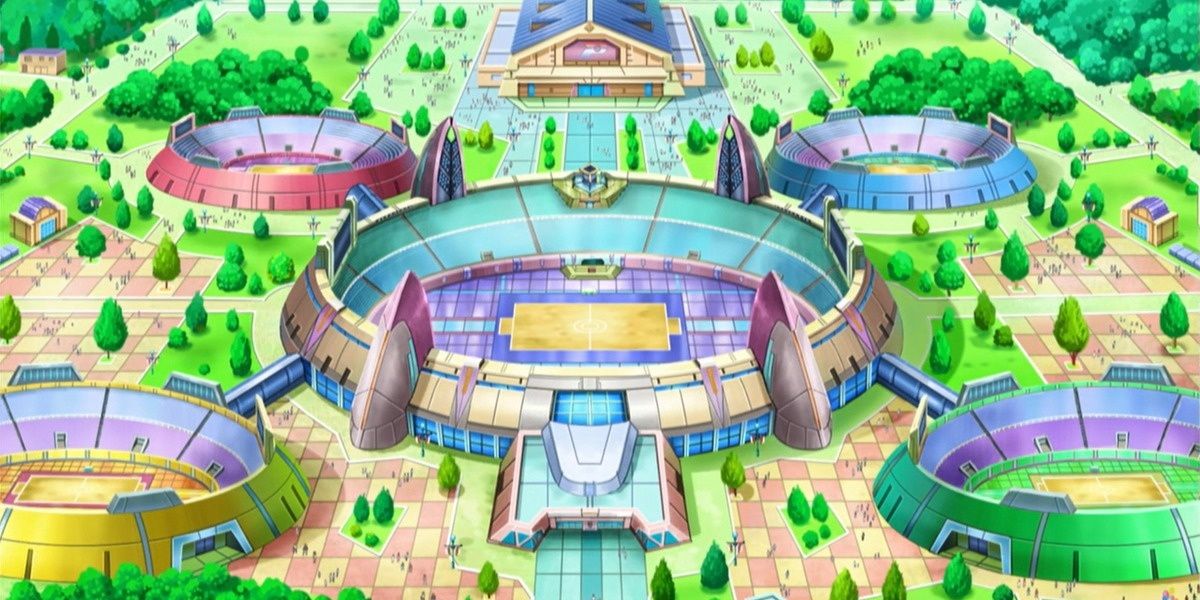
The goal of the games is to collect eight badges, go to the Pokemon League, defeat the Elite Four, and become the new champion. Ash's goal is similar, but instead of having to face the Elite Four, he has to fight tournament style with hundreds of other trainers. The anime's Elite Four exist seemingly just to be cool.
The tournament style is a much better reflection of who the best battler truly is since it has a larger sample size and contains a broader group of people. Since the games mainly throw the player into one battle after another far more frequently than in the anime, having a tournament-style Pokemon League would feel like more of the same, but for Ash it's very exciting. Meanwhile gamers get to enjoy a more traditional boss battle.
NEXT: Ash May Be A Pokemon Champion Now But He Was Always The Very Best

